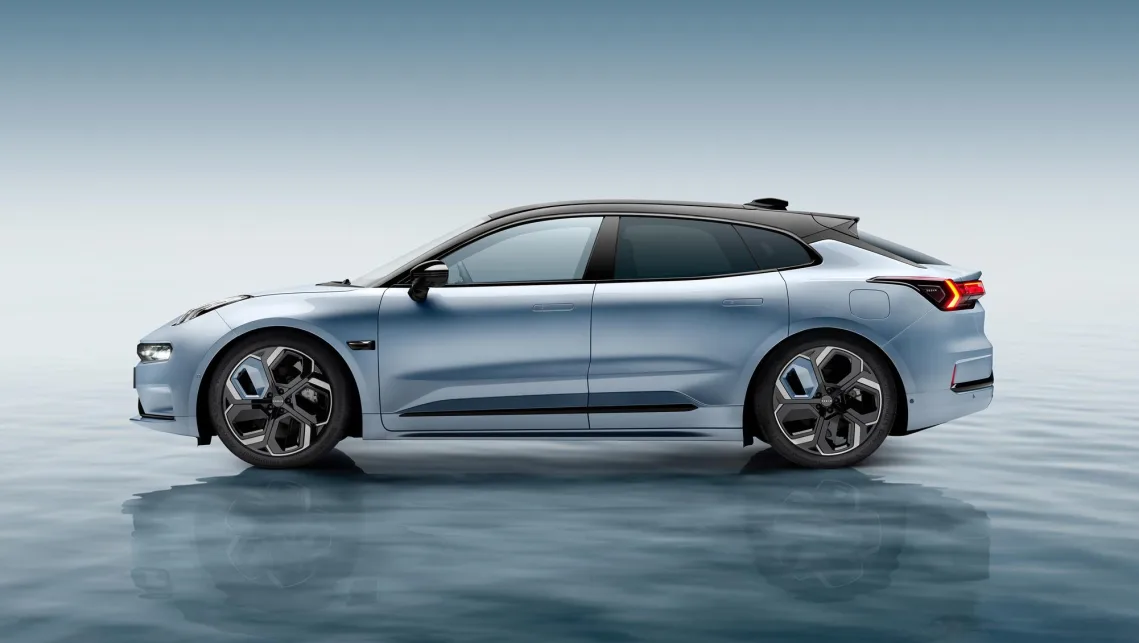
With new regulatory targets aiming for EV sales up to 75 percent and some countries announcing ICE sales ban dates, consumer interest in EVs is growing. OEMs are making significant investments in EV technology to build more affordable mainstream models to address this demand.
The upcoming 2023 model year will see the first affordable mainstream EVs enter the market, opening up the electric vehicle (EV) marketplace to consumers previously priced out of the market.
Trends
The number of EV models available for consumers is rapidly increasing as many incumbents expand their portfolios and new entrants bring innovative products to the market. EV model availability has been growing at around 30% year-on-year for the past three years, and we expect that growth to continue.
In 2023, we’re expecting to see a variety of affordable electric vehicles hit the market, making the vehicles more accessible to consumers who were previously priced out of the market. These vehicles will include a wide range of SUVs, which are popular with consumers, as well as trucks and hatchbacks.
Also, solid state batteries could become mainstream, which will improve EV range and make charging faster. These batteries will have two to ten times the energy density of lithium-ion batteries and will be lighter, faster, and more durable. As a result, they will be more cost-effective than conventional EV batteries. This advancement could make it easier for companies to meet their fleet-wide net zero commitments.
Predictions
In recent years, it’s become clear that consumers and companies are open to the idea of switching to electric vehicles. Some potential obstacles remain, such as range anxiety (fears that the car will run out of power and leave you stranded) and the high cost of batteries. However, these barriers are likely to disappear as charging stations expand and battery prices continue to fall.
Meanwhile, manufacturers are increasing their EV portfolios and pushing ahead with production. According to IDTechEx, by 2023 it’s expected that a wide range of affordable EV models will come onto the market, making them available to a much larger segment of the population than is currently possible. As a result, the market’s growth will accelerate.
Technology
The pace of innovation in battery technology is critical to the success of EVs. It’s not just about making them faster and longer-lasting, but also about reducing the cost of production and improving efficiencies in manufacturing.
As a result, investments in companies associated with battery production are rising steadily, tripling over the past year. Consequently, battery prices are falling as well, making EVs more affordable and appealing to consumers.
Another key factor is that EVs are becoming more convenient to own and use than traditional ICE vehicles. With options like level 4 charging and self-driving capability, EVs are increasingly capable of meeting the needs of most car owners.
Although the number of electric models available from major OEMs is still limited, this is expected to increase rapidly as incumbents expand their portfolios and new entrants introduce innovative products. Furthermore, improved battery technology will lower the price premium compared with ICE cars, potentially making them as affordable as their conventional counterparts.
Pricing
With lithium prices dropping quickly and national EV subsidies returning in the United States, the prospects for electric car sales look positive. EVs typically cost less to own than comparable internal combustion engine cars, saving on fuel costs, maintenance and insurance.
The availability of EVs is expanding rapidly, and automakers continue to announce more models with longer ranges and unique high-tech features. The luxury market is leading the way, with companies like Electrify America, EVgo and automakers themselves continuously expanding their charging networks.
However, the higher upfront cost of EVs has been a major barrier for consumers. We believe that this will eventually change as battery technology improves and economies of scale are achieved. Also, groups like NASA and many automakers are developing solid-state batteries that don’t contain liquid and could hold up to three times more energy than current EV batteries. This would dramatically cut the price of EVs and enable them to reach price parity with gas-powered cars.
